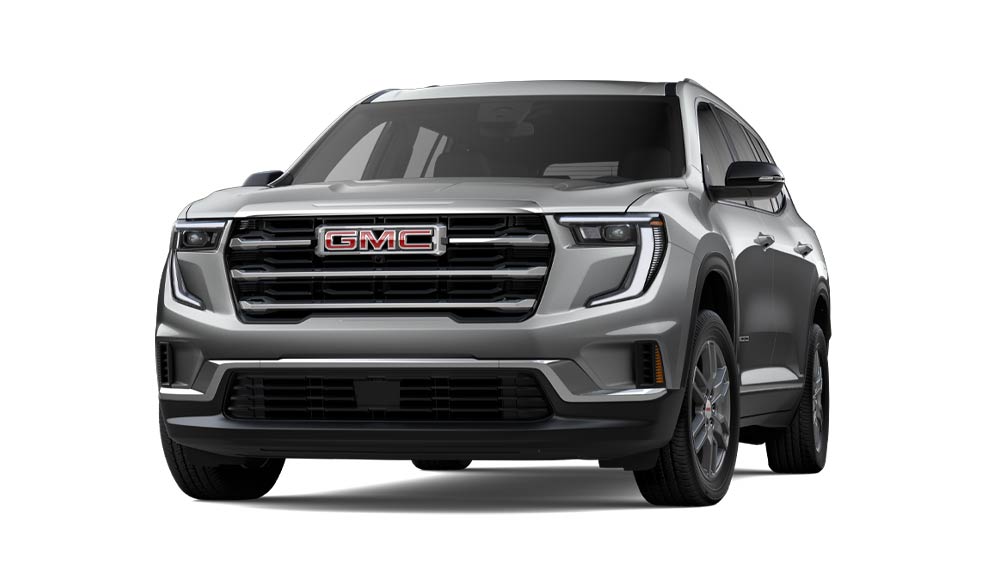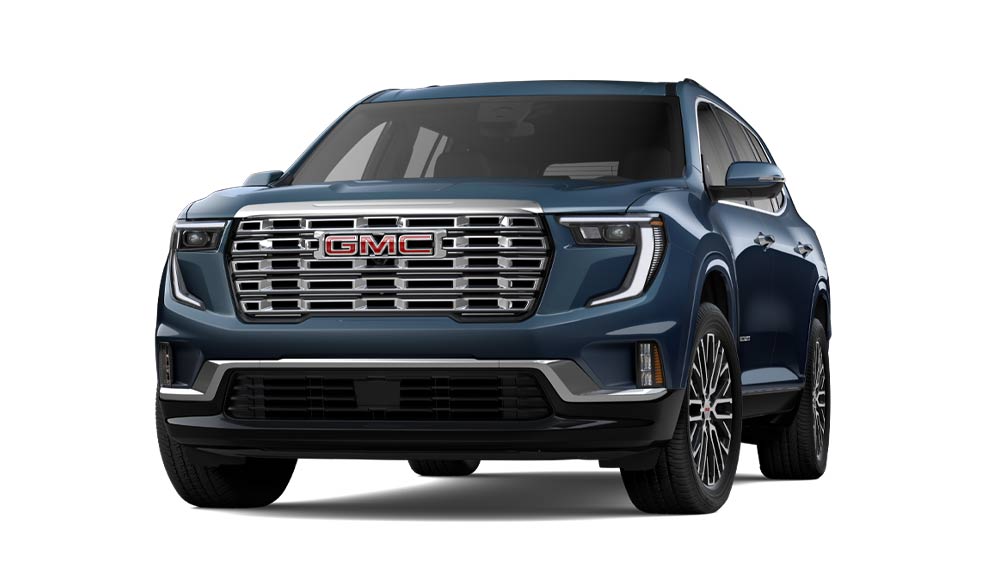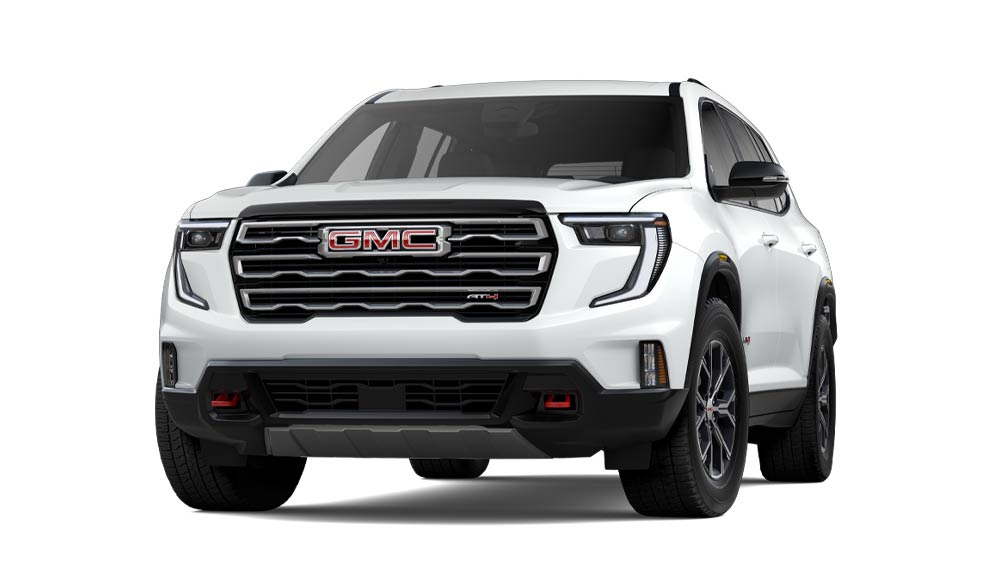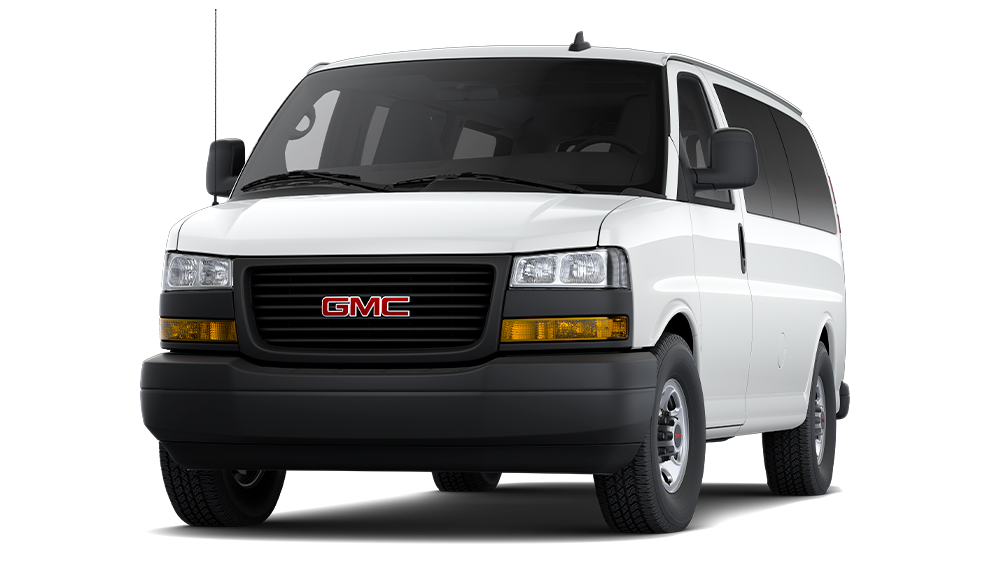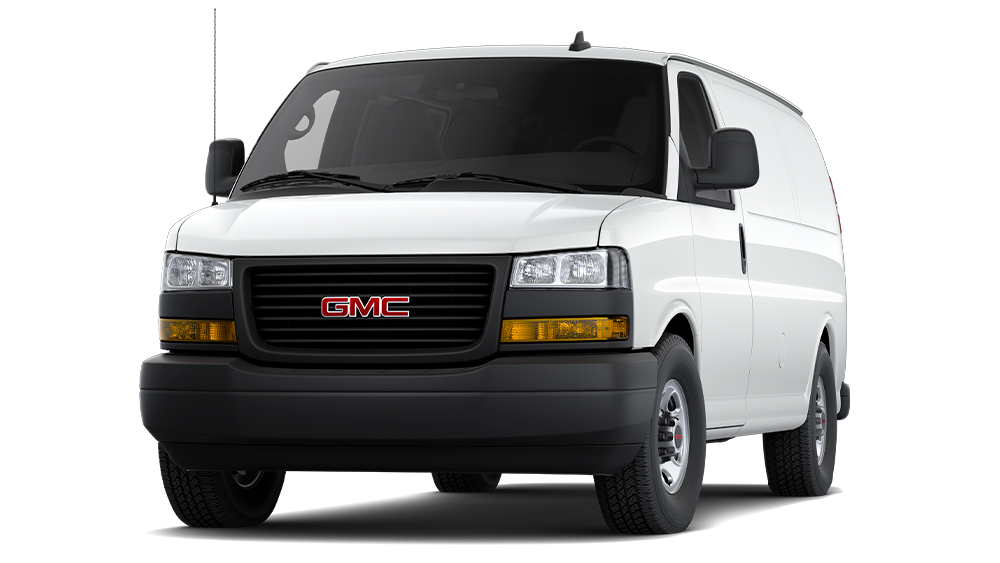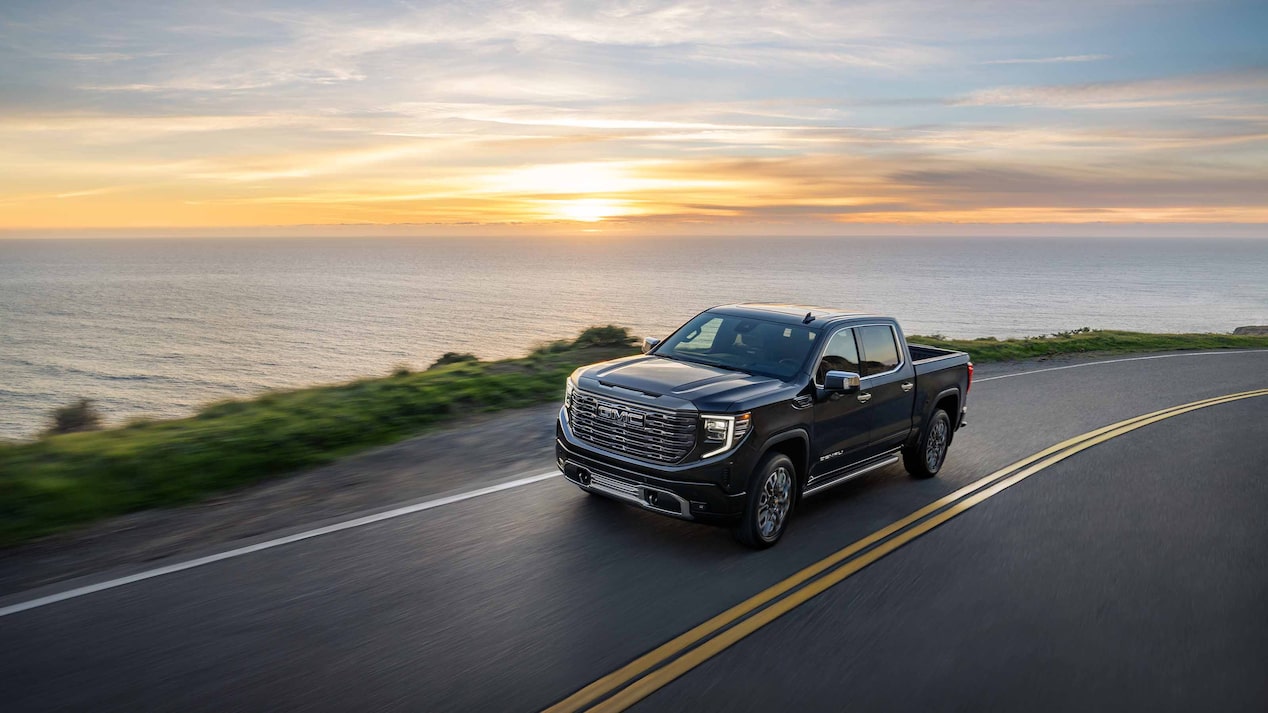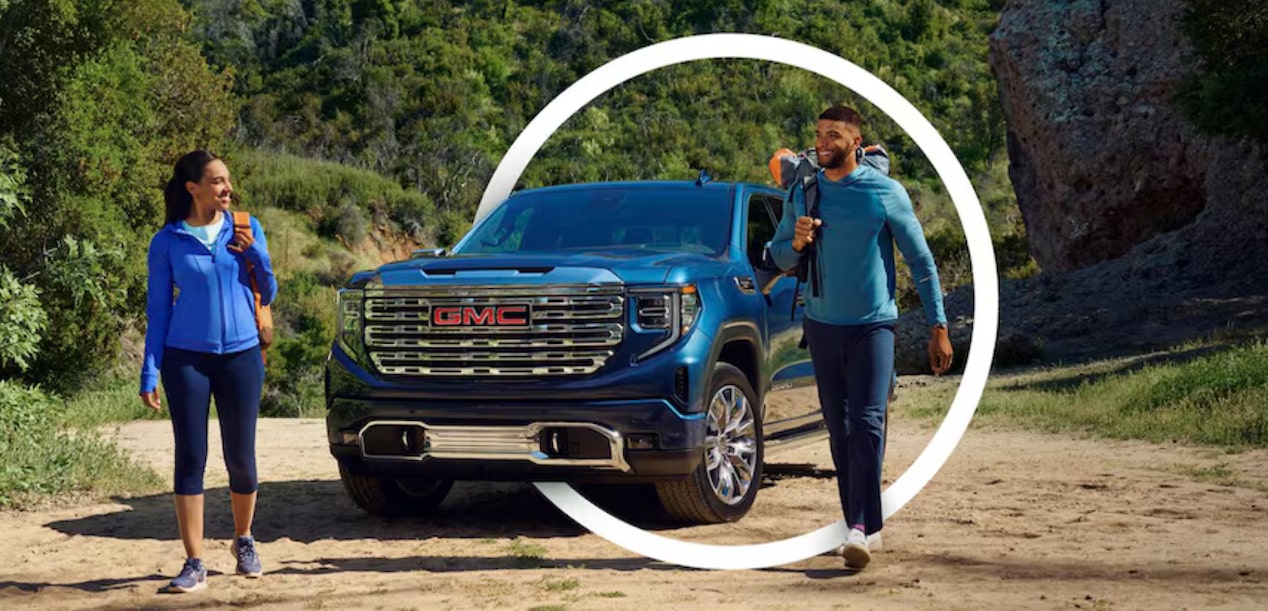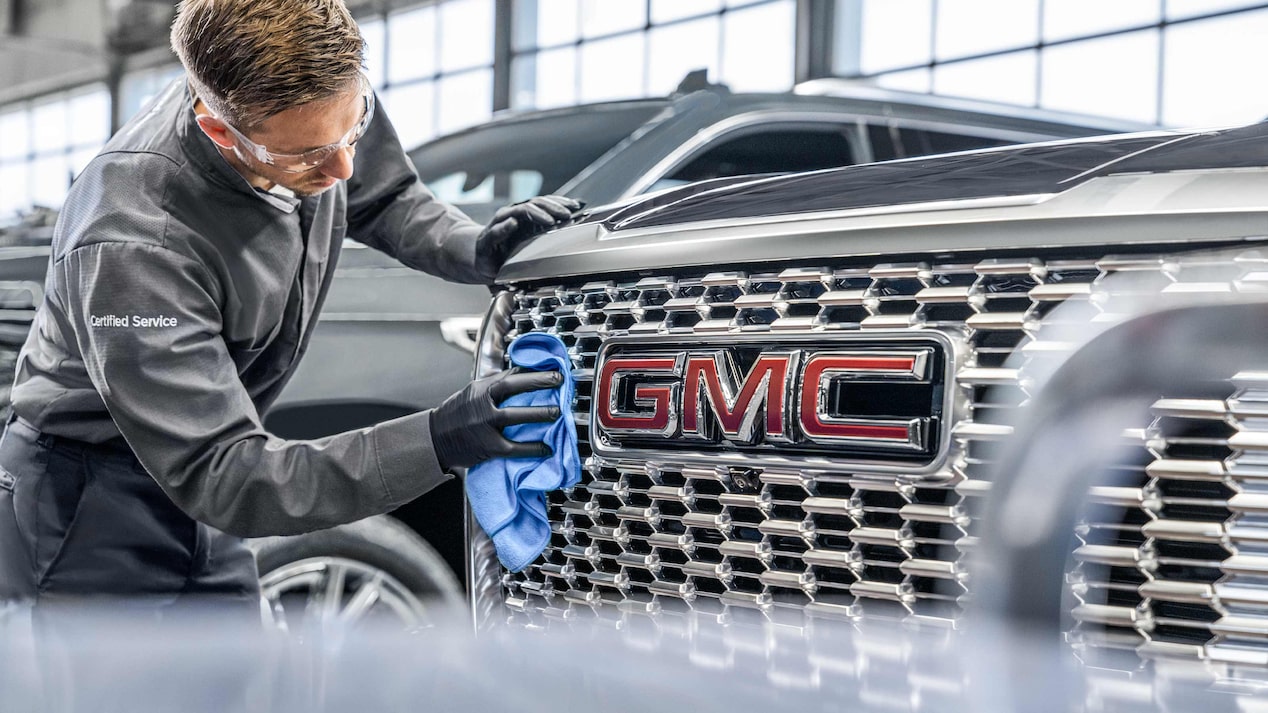PARTS FOR YOUR PROFESSIONAL GRADE VEHICLE
Your GMC Certified Service technician is trained to know every inch of your vehicle and can recommend GM Genuine Parts and ACDelco parts. GM Genuine Parts and ACDelco Original Equipment are the true OE parts installed during the production of GM vehicles like your Professional Grade GMC. Now these same quality parts used by our highly-skilled technicians are now available to you online. We have more than a century of design and engineering experience behind us and a future of certainty ahead with parts now available online. We have more than a century of design and engineering experience behind us and a future of certainty ahead with parts now available online for your expert technician or you.
Below you will find an overview of the major systems and auto parts within your vehicle and signs of significant wear and tear. When the time is right, or if you ever have concerns, take your vehicle back to your GMC dealer for any type of auto repair service - major or minor. Nobody knows your Professional Grade GMC better.
GMC PARTS AND LABOR WARRANTY
Your GMC was designed to be bold from the inside out. Make sure you have the correct warranty to keep it that way. Visit your local GMC dealership to see what warranty suits your needs based on your vehicle and its parts, so your GMC can continue making a bold statement. Read below to see information on each Parts and Labor Warranty.


PROFESSIONAL GRADE GMC PARTS ONLINE
GM Genuine Parts and ACDelco parts are now available to purchase online through participating sellers. Click to search and purchase the only parts for your GMC that are backed by General Motors.

Earn 3x points for every $1 spent on eligible GM
Use your points toward paid Certified









